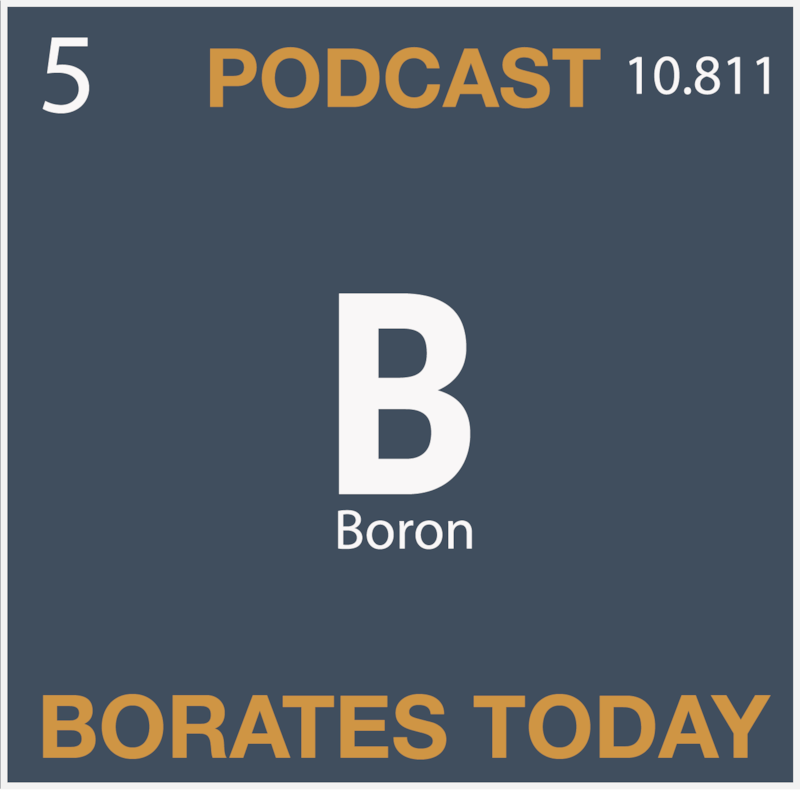
Shownotes
Today, we're going to talk about lithium. First, we'll talk about its chemical properties. Then we'll look at where it's found and the mining process to extract lithium from the ground.
After that, we'll look at some applications where lithium plays a significant role and then we'll finish up by looking at the market size and demand for lithium.
Transcripts
Today, we're going to talk about lithium.
Speaker:First we'll talk about its chemical properties.
Speaker:Then we'll look at where it's found and the mining process to
Speaker:extract lithium from the ground.
Speaker:After that we'll look at some applications where lithium plays a significant role
Speaker:and then we'll finish up by looking at the market size and demand for lithium.
Speaker:Lithium 101
Speaker:Lithium is a soft metal that is highly reactive.
Speaker:The atomic number of lithium is 3, composed of three protons,
Speaker:four neutrons and three electrons.
Speaker:Its atomic mass is 6.941 grams per molecule.
Speaker:Lithium has one stable isotope and forms, ionic bonds with other elements,
Speaker:such as oxygen, nitrogen, and fluorine.
Speaker:Lithium does not occur as a metal in nature, but is found combined in
Speaker:small amounts in nearly all igneous rocks and in ores from igneous rocks
Speaker:and salts from mineral springs.
Speaker:Lithium extraction is done from various sources such as salt
Speaker:flat brines, lithium-bearing ores and clay or ore deposits.
Speaker:The most common extraction method is through evaporation and chemical
Speaker:recovery from salt flat brines.
Speaker:This process can take anywhere from several months to a few years.
Speaker:Lithium processing plants are water plants that refine a high-grade
Speaker:lithium output using water that can be returned and reused.
Speaker:The steps generally include drilling down through the crust and then
Speaker:pumping the brine up to the surface into evaporation pools where it's
Speaker:left for an extended period of time.
Speaker:After this, the lithium is extracted from the brine and further processed
Speaker:to produce a high grade product.
Speaker:In terms of applications for lithium, lithium has a wide range of traditional
Speaker:applications in industry, including heat resistant glass and ceramics, lithium
Speaker:grease, lubricants, and flux additives for iron steel and aluminum production.
Speaker:Lithium is used in battery storage in advanced technologies where
Speaker:exciting developments make it a highly sought after mineral.
Speaker:In glass and ceramics, lithium is used to increase the glass melt rate, lower
Speaker:viscosity, lower melts temperature, reduce corrosion rates, inshore glass
Speaker:erode slowly, improve physical properties and provide enamel and glaze coverings.
Speaker:In lithium grease, lubrication lithium grease is a popular medium to heavy
Speaker:duty multi-purpose grease, used to provide long lasting protection
Speaker:against oxidation, corrosion, extreme temperatures and wear and tear.
Speaker:It's also characterized by its excellent lubrication, water resistance and ability
Speaker:to withstand high pressure and shock.
Speaker:Lithium flux additive is an additive to continuous casting, mold flux
Speaker:slags, where it increases fluidity.
Speaker:It's also used in fluxes with integrated additives, such as lithium borates
Speaker:and additives with guaranteed purity.
Speaker:Additionally, lithium is used in electrolytes to homogenize lithium plus
Speaker:distribution and lithium deposition for high energy, lithium metal batteries.
Speaker:On the battery side lithium-ion batteries are rechargeable batteries
Speaker:that use the reversible reduction of lithium ions to store energy.
Speaker:Commonly found in portable electronic devices, such as smartphones and
Speaker:laptops, they have advantages over other nickel-cadmium batteries.
Speaker:The most common combination used in lithium-ion batteries is that
Speaker:of lithium and cobalt oxide, (cathode) and graphite (anode).
Speaker:There are six main types of lithium batteries.
Speaker:Lithium Nickel Manganese Cobalt Oxide (NMC), Lithium Nickel Cobalt
Speaker:Aluminum Oxide (NCA), Lithium Manganese Oxide (LMO), Lithium Iron Phosphate
Speaker:(LFP), Lithium Cobalt Oxide (LCO) and lithium titanate oxide (LTO).
Speaker:Next generation lithium applications are expected to include advanced
Speaker:lithium ion batteries, lithium sulfur batteries and solid state batteries.
Speaker:These technologies offer a range of improvements over conventional lithium-ion
Speaker:batteries, such as higher energy density, longer life, and the ability
Speaker:to eliminate battery fire concerns.
Speaker:Advanced lithium-ion batteries are expected to be deployed before the
Speaker:first-generation of solid state batteries and will be ideal for use in applications
Speaker:such as energy storage systems.
Speaker:Lithium sulfur batteries have been praised for their high
Speaker:energy density and long life.
Speaker:While solid state batteries could represent the next major
Speaker:innovation in battery technology.
Speaker:For electric vehicle applications, current conventional lithium-ion
Speaker:technology is likely to remain the standard for some time due to its high
Speaker:operating voltages and energy efficiency.
Speaker:However new battery technology breakthroughs are happening rapidly.
Speaker:And advanced new batteries are already on the market.
Speaker:Other next generation materials being explored include enabling
Speaker:anion redox chemistries such as Li-air, Li-sulphur, and beyond.
Speaker:Research is also being conducted on novel LIB electrode materials, electrolyte
Speaker:oxidation pathways in lithium ion batteries, advanced cathode materials
Speaker:for lithium ion batteries, and Esther based electrolytes for fast charging
Speaker:of energy dense lithium-ion batteries.
Speaker:Finally, let's take a look at the market size of lithium.
Speaker:According to Grandview Research, the global lithium market size was
Speaker:valued at $6.83 billion in 2021 and is expected to expand at a compound annual
Speaker:growth rate of 12% from 2022 to 2030.
Speaker:Expert market research reports that the global lithium compound market
Speaker:size reached a volume of 300,000 tons in 2020, and this is expected
Speaker:to grow at a CAGR of seven and a half percent between 2021 and 2023.
Speaker:And that's all from borates.today and our introduction to lithium 101.
Speaker:For much more information on lithium and boron and strategic
Speaker:minerals, please go to our website.
Speaker:borates.today or listen to our podcasts and our videos, selection on YouTube.




